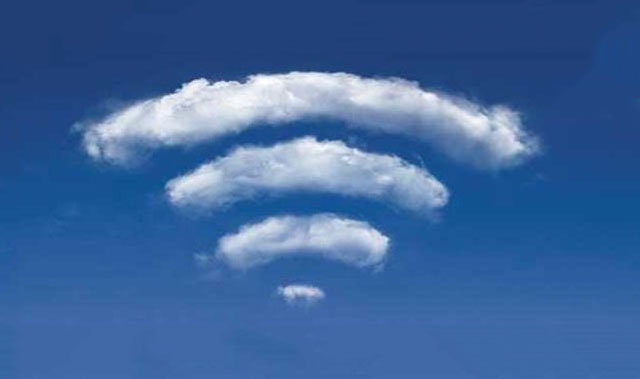
Electromagnetic fields are all around us. They are a part of our natural environment, produced by the earth and the sun. But they are also becoming increasingly prominent with advancements in technology, such that we are surrounded daily by many different sources of electromagnetic energy.
Mobile phones, Wi-Fi, PCs, smart meters, radio, television and even the TV remote control — they all emit this kind of energy. Mobile phone base stations are continually being installed, and Wi-Fi hotspots are increasing all of the time.
Cafés and restaurants, libraries, hotels and even some city centres and parks now offer free Wi-Fi. But with all of this new infrastructure it is also getting harder to avoid exposure to the electromagnetic fields that these technologies emit.
And the question often asked is what does all of this exposure mean for our health?
It is an issue that has continued to gain exposure, culminating this month in what’s being touted as a “breakthrough” case, with a French woman being awarded compensation for an allergy to Wi-Fi.
Martine Richard, who suffers from what is called electromagnetic hypersensitivity (EHS), was granted disability payments due to claims that her symptoms, which she attributes to electromagnetic energy, prevent her from being able to work. This ruling was made despite the science saying that no relationship between exposure to these fields and symptoms exists.
So what is EHS, what do we know and what don’t we know about this condition? And what does this case mean for the future?
EHS is a complex condition. It is characterised by sufferers reporting a variety of non-specific symptoms (for example, headaches, nausea and sleeping difficulties) when in the proximity of devices that emit electromagnetic fields. In severe cases, it can have large and negative impacts, with people unable to work or function in modern society.
The prevalence of this condition varies widely. In general, the number of patients presenting with symptoms that they attribute to electromagnetic field exposure seems to be increasing.
There is no doubt that the symptoms experienced are very real. But the fact remains that there are no clear diagnostic criteria for this condition. It is a self-diagnosed disorder that currently has no medical or scientific basis.
Research has consistently failed to find any association between electromagnetic field exposure and reported symptoms, or health more generally. This raises the question, if it is not the electromagnetic energy, then what is causing EHS and the symptoms that these people suffer from?
One possibility is the nocebo effect, or simply, the influence of a person’s expectations or perceptions of how something might affect them. In the case of EHS, this would correspond to a misaligned belief that electromagnetic energy is harmful and, therefore, when around devices that emit such fields they expect to feel bad, and they do.
The idea of a nocebo effect makes even more sense when media coverage and vocal lobbying by those with EHS are considered. The vast majority of such accounts report EHS as being caused by man-made electromagnetic fields.
This constant misattribution serves only to perpetuate and reinforce the belief that electromagnetic energy from these devices is harmful, despite all of the scientific evidence to the contrary.
While controversy remains about the cause of EHS, it is clear that there also remains a need for more research — to further consolidate that electromagnetic fields are not responsible for these symptoms, and to provide evidence of a cause (such as the nocebo effect).
Such research is underway, which aims to combat some of the criticisms of past studies. Until a cause can be established, the treatment of this condition will remain a challenge.
But regardless of the science, what does this recent ruling in France mean and how will it impact future rulings in this area? What is important to note is that despite compensation being awarded, the court did not actually declare EHS a legitimate condition.
However, the concern now is that this case will be used as a precedent and that the lack of scientific evidence will be overlooked by those wanting to legitimise EHS as a condition caused by electromagnetic energy.
Perhaps the real shame here is the potential impact a decision like this could have on the search for the truth. It provides fuel for the media and lobbyists to misinterpret the ruling as showing cause and effect, based on their own motivations.
This in turn has the potential to overshadow the research that is endeavouring to uncover the real cause of EHS. And sadly, without this research, the help and treatment needed by those suffering from EHS will likely remain elusive.![]()
- Sarah Loughran is research fellow at the University of Wollongong. She receives funding from NHMRC and EPRI. She is currently a member of the World Health Organisation environmental health criterion evaluation committee, the Scientific Expert Group of the International Commission on Non-Ionizing Radiation Protection, and is on the board of directors for the Bioelectromagnetics Society
- This article was originally published on The Conversation

